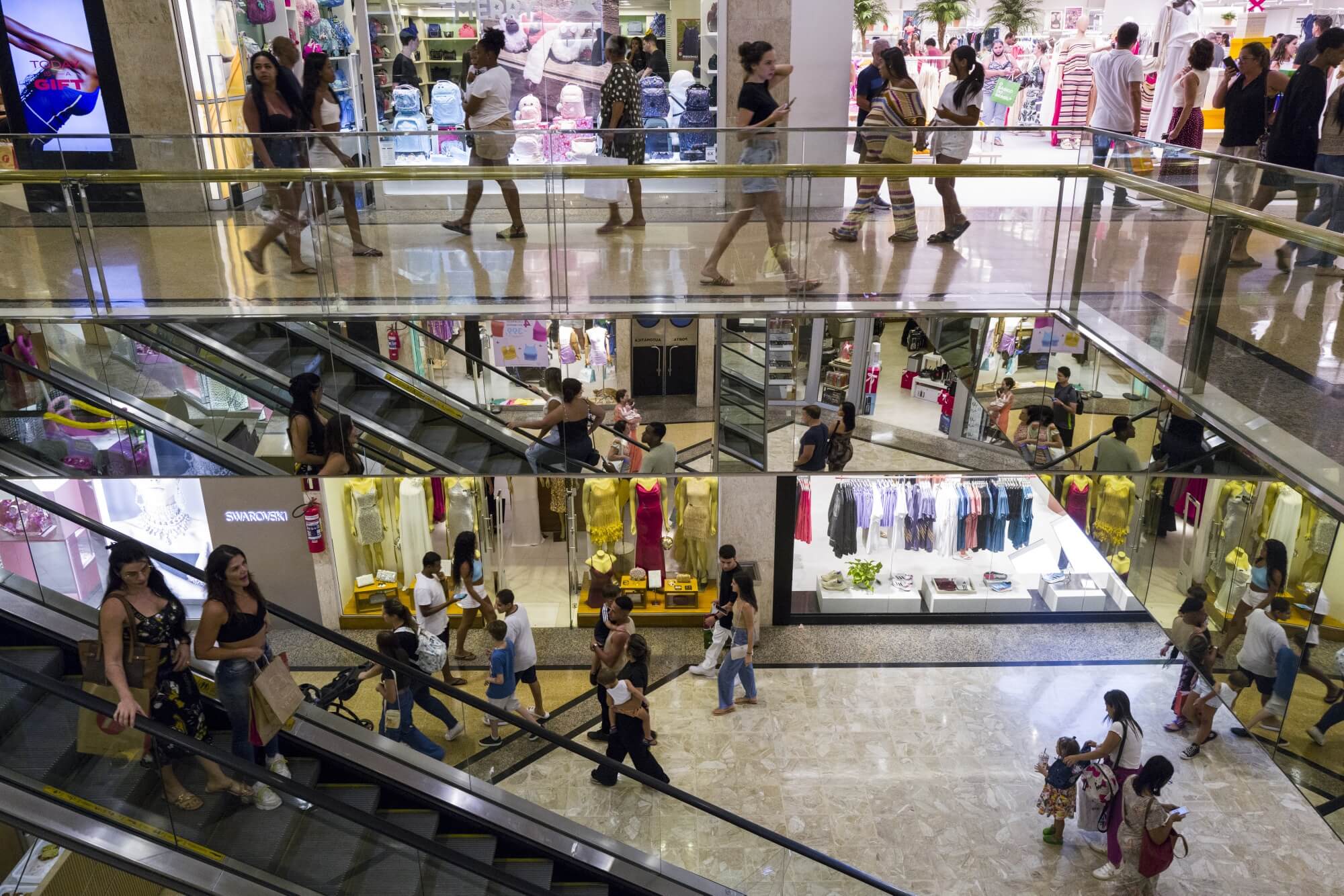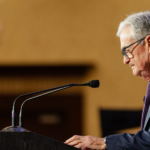Brazil’s annual inflation for 2023 has eased slightly less than expected, standing at 4.62%, as revealed by official data released on Thursday. While this figure is above the 4.55% median estimate in a Bloomberg survey, it remains within the central bank’s tolerance range. The monthly inflation rate accelerated to 0.56%. The central bank’s inflation targets for this year and 2023 are 3% and 3.25%, respectively, with a tolerance range of plus or minus 1.5 percentage points.
Governor Roberto Campos Neto has faced challenges in meeting inflation goals since 2021, attributed to disruptions caused by the pandemic, global supply-chain issues, and surging energy and food prices. The central bank responded with one of the world’s most aggressive tightening campaigns, raising borrowing costs to six-year highs. However, since August, the bank has shifted towards monetary easing, lowering the benchmark Selic rate by 2 percentage points to 11.75% and indicating the possibility of two more half-point cuts through March.

While Brazil’s inflation has slowed for a third consecutive month, the central bank remains cautious about deeper cuts to borrowing costs. Analysts suggest that expectations for consumer price increases above this year’s goal are likely to constrain significant rate reductions. The central bank’s monetary policy strategy has kept price gains within the target range for 2023 after two consecutive misses. However, the slow cooling of service prices, particularly in a tight labor market, prompts policymakers to approach rate cuts cautiously.
All nine groups of goods and services surveyed in December experienced increased costs, with food and beverages (0.63% jump) and transportation (0.48% increase) being the primary drivers of inflation. Recent concerns about soaring airfares have prompted the government to explore solutions, including potential discounts for students and retirees.
Inflation challenges are not unique to Brazil, as Latin American countries grapple with varying economic pressures. Mexico, for example, faces accelerated inflation due to higher consumer spending, potentially delaying rate cuts. Central bankers in Colombia and Peru are preparing for increased food prices due to El Nino weather conditions. In contrast, Chile experienced its largest monthly drop in annual inflation in over a decade, supporting expectations for an acceleration of the easing cycle.
Policymakers in Brazil are cautiously pursuing gradual rate cuts, considering the risks of persistent price pressures. Meanwhile, the government under President Luiz Inacio Lula da Silva is deliberating budget goals amid expectations of higher public spending amidst an economic deceleration.









